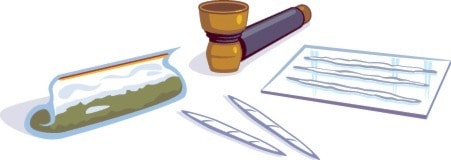Greg Nesteroff
Nelson Star
Health Canada has notified the Regional District of Central Kootenay of five potential applicants for new medicinal marijuana licenses, including two in the lower Slocan Valley, one on the Arrow Lakes, and one in rural Kaslo.
As of April 1, Canadians licensed to use medical pot will no longer be allowed to grow their own supply. Small-scale producers are expected to be replaced with commercial-size operations.
“The chances of us having a legal grow-up in the RDCK are pretty slim, because the government appears to be favouring large corporations,” rural Kaslo director Andy Shadrack said last week.
However, staff were still instructed to proceed with draft bylaws governing such facilities to minimize the impact on neighbours. The board has already stated medical marijuana can only be grown in agricultural zones or on property in the Agricultural Land Reserve, but a series of land use bylaws may be amended to regulate things like parcel size, setbacks, site coverage, and parking.
Special development permit areas may also be established to regulate “unique aspects” of marijuana production facilities, including landscaping and lighting.
But public hearings will be required before the changes are adopted, even in areas where no applications have been received.
Medical grow-ops are also allowed in areas that lack zoning, such as the lower Slocan, where they will only face limited controls through development permits, in addition to Health Canada requirements.
The regional district has issued “letters of comfort” to the five groups that intend to apply for licenses, confirming they meet zoning rules.
However, rural Salmo director Hans Cunningham, who chairs the RDCK’s rural affairs committee, said he fears problems with the new system since only a half dozen licenses have been approved across Canada.
“The old growers will be banned and the new production facilities won’t be ready, so for six months or a year, it’s going to be very difficult for those using medical marijuana to obtain anything legally,” he said. “Maybe they should stock up.”
According to a memo, RDCK planning staff know of two production facilities under current rules and have responded to “numerous” phone calls from people interested in pursuing licensing under the new regulations.
SIDEBAR:
The number of British Columbians authorized to possess or grow medical marijuana grew substantially in 2012, the most recent year for which statistics are available. At the start of the year, Ontario led both categories, but 11 months later, BC was far in the lead. (Health Canada is no longer issuing such licenses.)
January 2012 December 2012
Authorized to possess in BC: 4,928 13,362
Authorized to possess in rest of Canada: 8,837 14,714
Authorized to grow in BC: 4,169 11,601
Authorized to grow in rest of Canada: 5,922 9,846
Source: Health Canada
